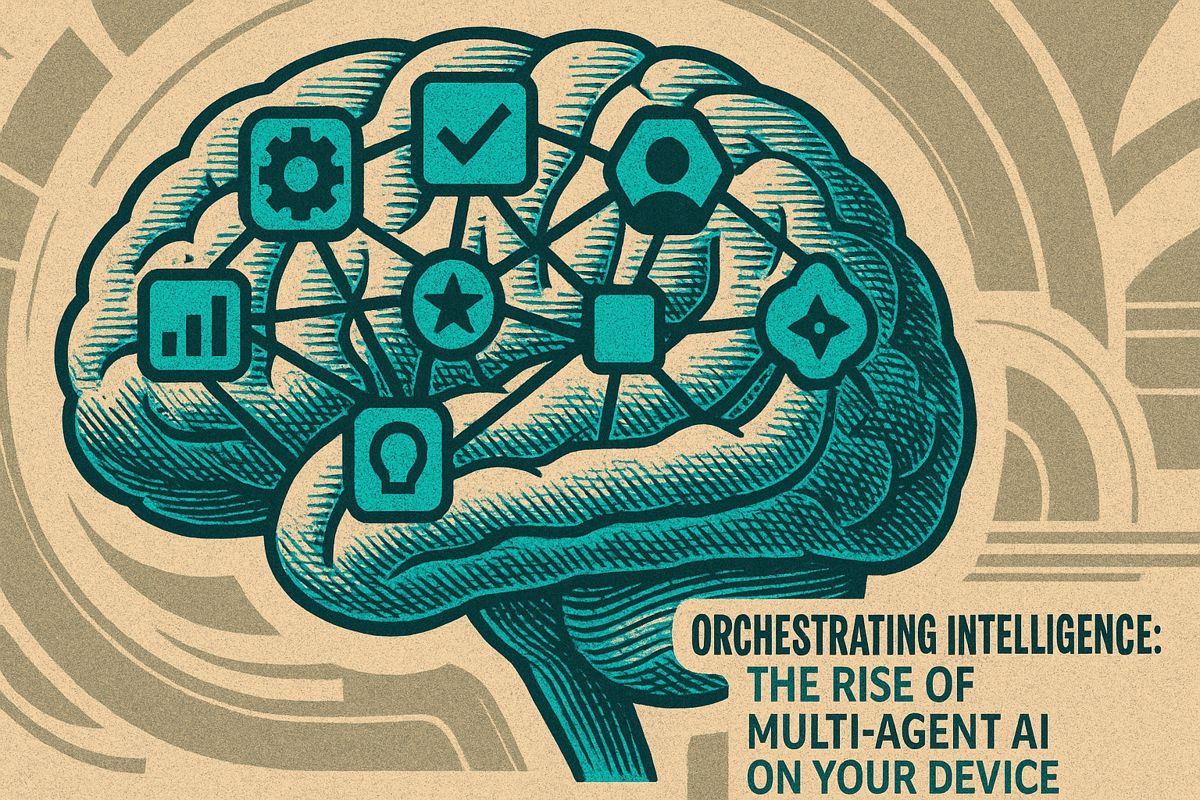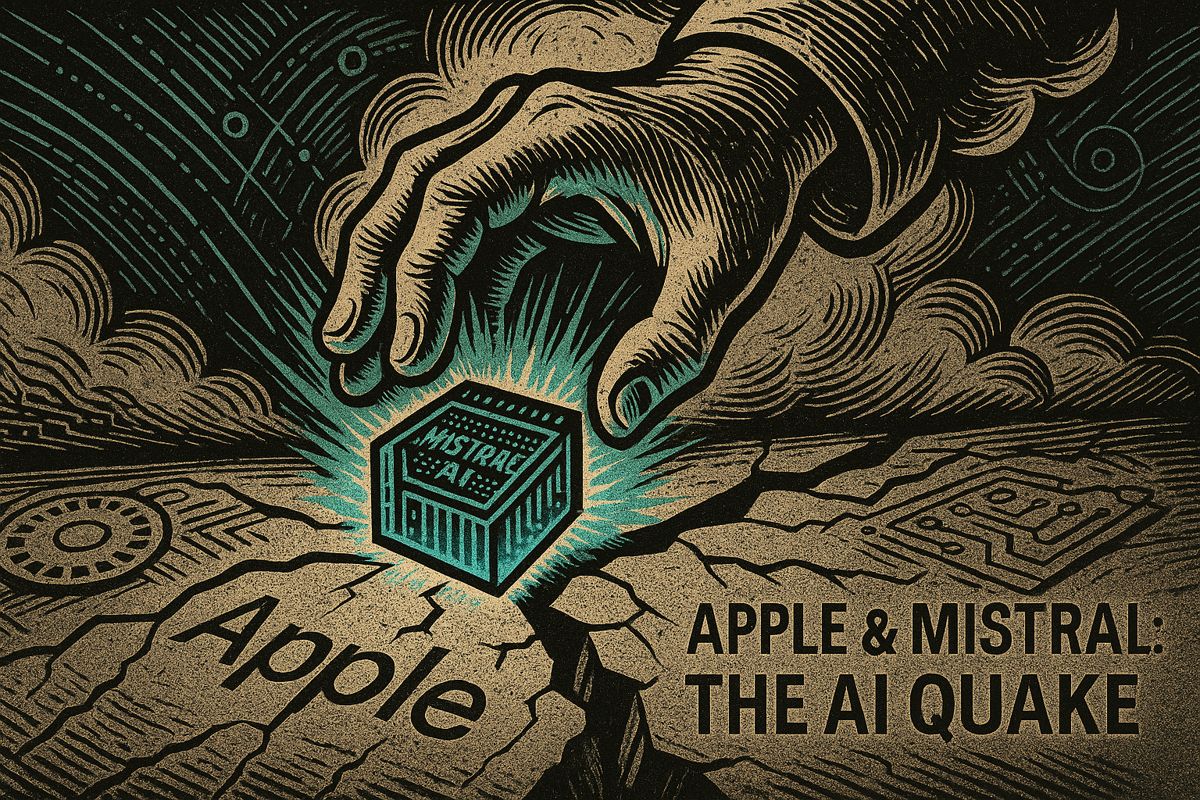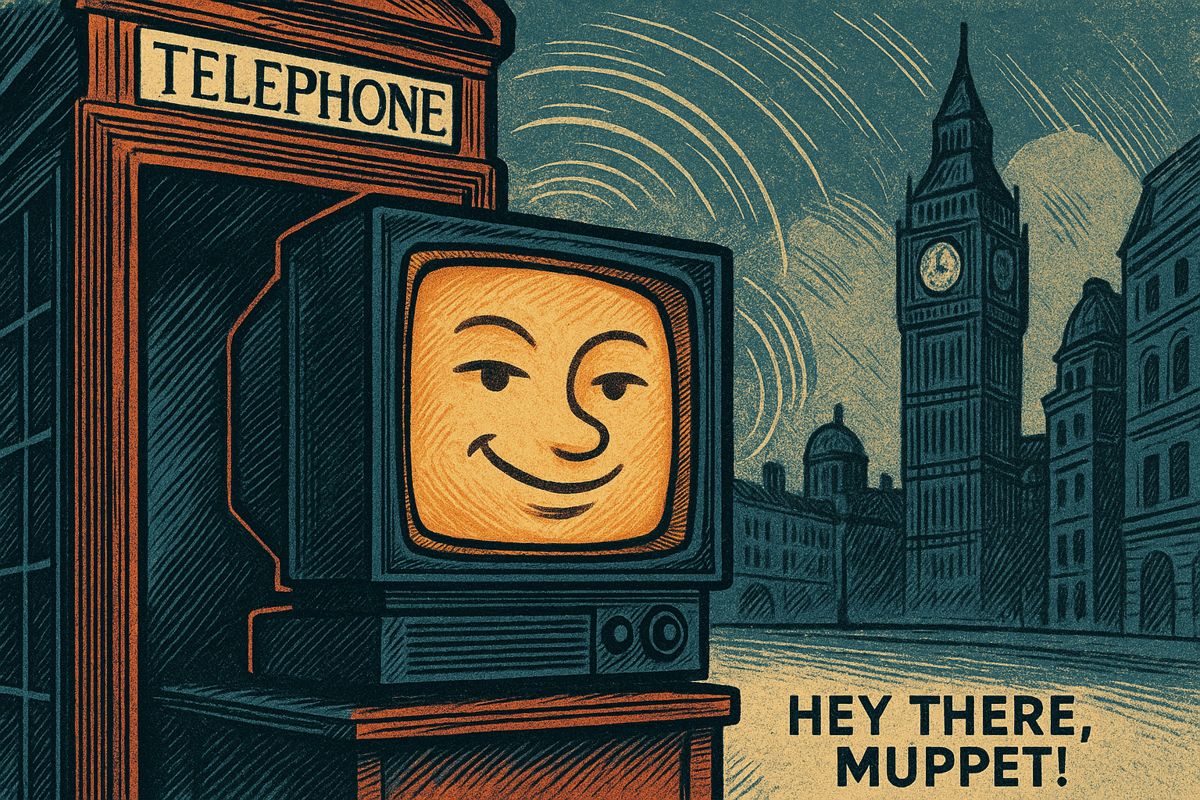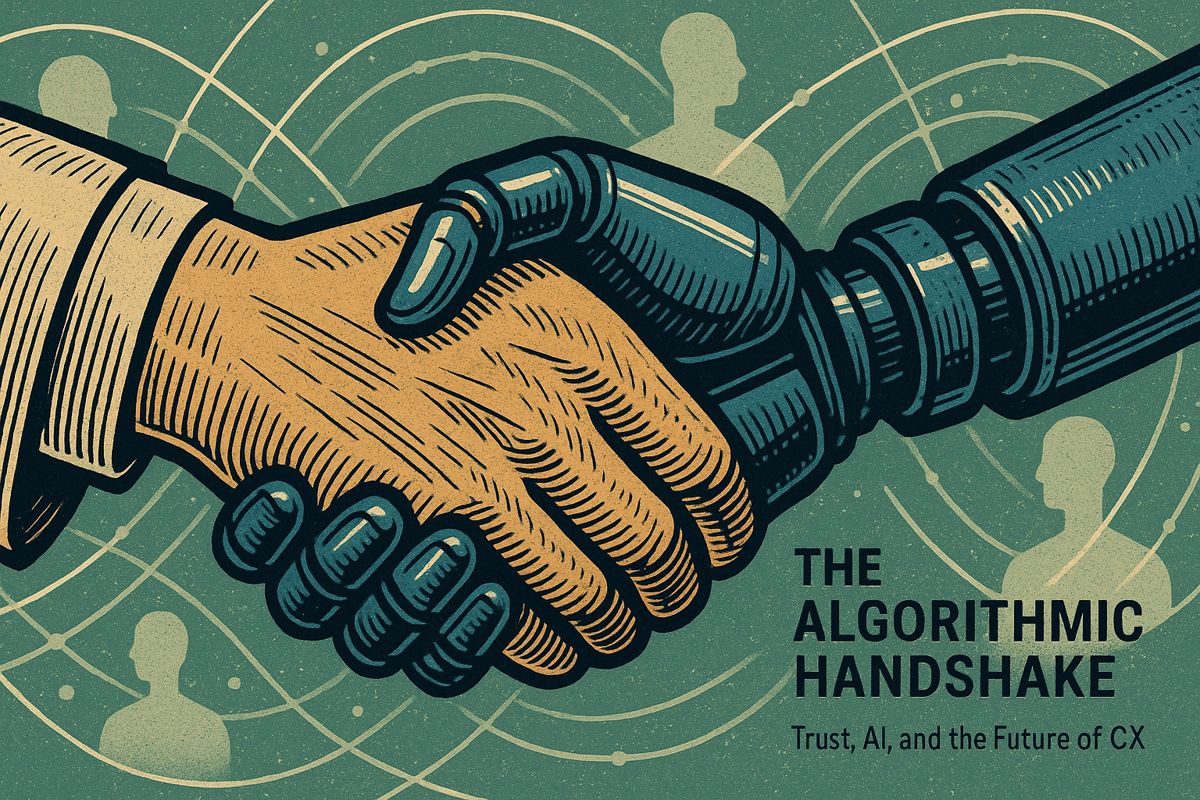Multi-agent AI systems are like tiny, smart computer teams living in your devices, with each digital helper having a special job. They work together incredibly fast to solve complex problems while keeping your data safe on your own gadgets. This new tech means you get super-powered help that’s just for you, making complex tasks feel like a breeze.
What is a multi-agent AI system?
A multi-agent AI system is a collaborative digital framework where specialized AI agents team up to solve complex problems. Each agent performs a specific role, working together like a consulting team. This orchestration system, such as Stability AI’s platform, allows on-device processing and is model-agnostic, enabling customized, private AI solutions without data slogging through external servers.
The Morning That Changed Everything
Sometimes, a new piece of technology arrives and for a heartbeat, the future feels almost audible—like the hum of a server rack in a chilly data center. The other day, while I sipped my predictably strong espresso and browsed my inbox, I stumbled upon an update from the ever-mercurial Stability AI. Multi-agent orchestration platform. The phrase alone yanked me back to my first group project in grad school—a tangle of personalities and half-baked ideas. But here’s the kicker: what if an entire consulting team fit in your pocket, not as a nifty metaphor, but in pixels and code? Wild, right?
I remember working with a guy named Mike at Deloitte—he could juggle three meetings and a spreadsheet, always with that twitchy, caffeine-fueled focus. Imagine Mike’s skill, split and refined into specialized assistants, all collaborating without the nervous laughter or energy drink detritus. Stability AI says that’s the future, except these assistants don’t need bathroom breaks or reassurance. Relief—or maybe a little anxiety—washed over me as I read.
Did I feel a twinge of skepticism, recalling the time I botched a project handoff? Sure. Everyone’s made a mess of teamwork at least once. Yet as I read on, curiosity kicked in. Could this really work?
The Heart of AI Collaboration
Let’s clarify what’s actually on offer. Stability AI launched a multi-agent orchestration system—a digital lattice where specialized AI agents team up to crack tough problems. It’s not just one digital brain grinding away. Instead, think of it as the string section, horns, and percussion of an orchestra, all reading the same sheet music, creating a richer sound. Each agent takes on a role: strategist, number-cruncher, maybe a virtual Mike keeping everyone on track. Pretty sure they don’t argue about where to go for lunch.
The system is designed to operate across any device—laptop, phone, maybe even the refrigerator that’s smarter than your cousin. That’s important: on-device processing means your data isn’t slogging through some anonymous AWS warehouse in Oregon. For anyone who’s ever muttered “compliance” or sweated a data breach, this is a tangible comfort. The faint scent of hot circuitry, right under your desk, suddenly feels reassuring.
And here’s a curveball: it’s model-agnostic. Bring your favorite large language model, whether it’s GPT-4, Llama 2, or something cooked up late at night by a rogue researcher at MIT. No lock-in. I did once wonder if this flexibility could lead to chaos, but the upside is palpable. Organizations get to custom-tailor their AI teams, optimizing for everything from response latency to ethical alignment.
Why Teamwork Beats Lone Genius
What makes this system genuinely innovative isn’t just the technology—it’s the approach to collaboration. In psychology, it would be called distributed cognition; in consulting, maybe just “not burning out the intern.” The platform simulates the give-and-take of a real consulting firm, from strategy ideation to the final, 2:00 a.m. spreadsheet check. Each agent passes context, challenges assumptions, and—occasionally, I imagine—throws a virtual eye-roll at a bad idea.
Stability AI’s system borrows a page from swarm intelligence, that remarkable way honeybees or ant colonies solve complex puzzles through collective effort. Here, it’s algorithms, not drones, but the metaphor holds. The emotional undercurrent? A cocktail of anticipation and trepidation. (Boom. The sound of a paradigm shifting—quiet but irreversible.)
Of course, there are risks. More agents mean more chances for bugs to slip through. The promise of privacy is only as strong as your device’s security. But, as CEO Emad Mostaque put it, this is like having a full strategy consulting team—McKinsey-caliber, perhaps—on your own hardware. No one peeking over your digital shoulder unless you let them.
A New Era Dawns—Or Does It?
So, will this become the norm? Rhetorically, I have to ask: how long until we forget the bad old days of solo AI helpers? If you’d told me last year I’d be testing collaborative agents on my phone, I’d have laughed—softly, but still.
Practical benefits loom: richer solutions, privacy by design, and the freedom to compose your AI team à la carte. Yet, I’m still learning to trust that these agents won’t trip over each other. My past skepticism gives way to cautious optimism. There’s no need to bribe them with pastries, at least.
The future is whispering—sometimes with the faint click of a processor fan. A cadre of digital consultants is assembling, quietly, waiting for their next assignment. Maybe next time, I’ll let them tackle my inbox. Or not…



















